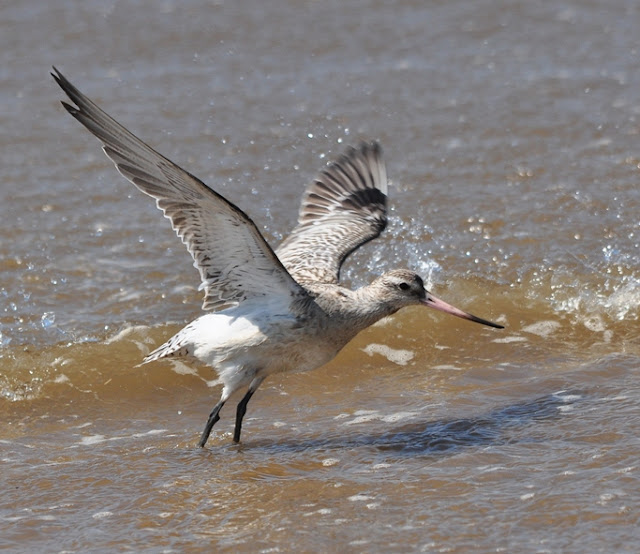The first bird to greet us was a Meadow Pipit carrying food and judging by the food load this bird is feeding large young. You can generally gauge the age of a brood by the quantity and size of the food items the adults are carrying.
 |
| Meadow Pipit (Anthus pratensis) |
A very confident Carrion Crow put on a bit of a performance and seemed to be mainly feeding on insects and other invertebrates.
 |
| Carrion Crow (Corvus corone corone) |
A few Sedge Warblers were singing and showed better than yesterday. One of my favourite birds.
 |
| Sedge Warbler (Acrocephalus schoenobaenus) |
 |
| Sedge Warbler (Acrocephalus schoenobaenus) |
 |
| Jack and Bryn, the only waders photograped. |
 |
| Four-spotted Chaser (Libellula quadrimaculata) |
 |
| Four-spotted Chaser (Libellula quadrimaculata) |











































